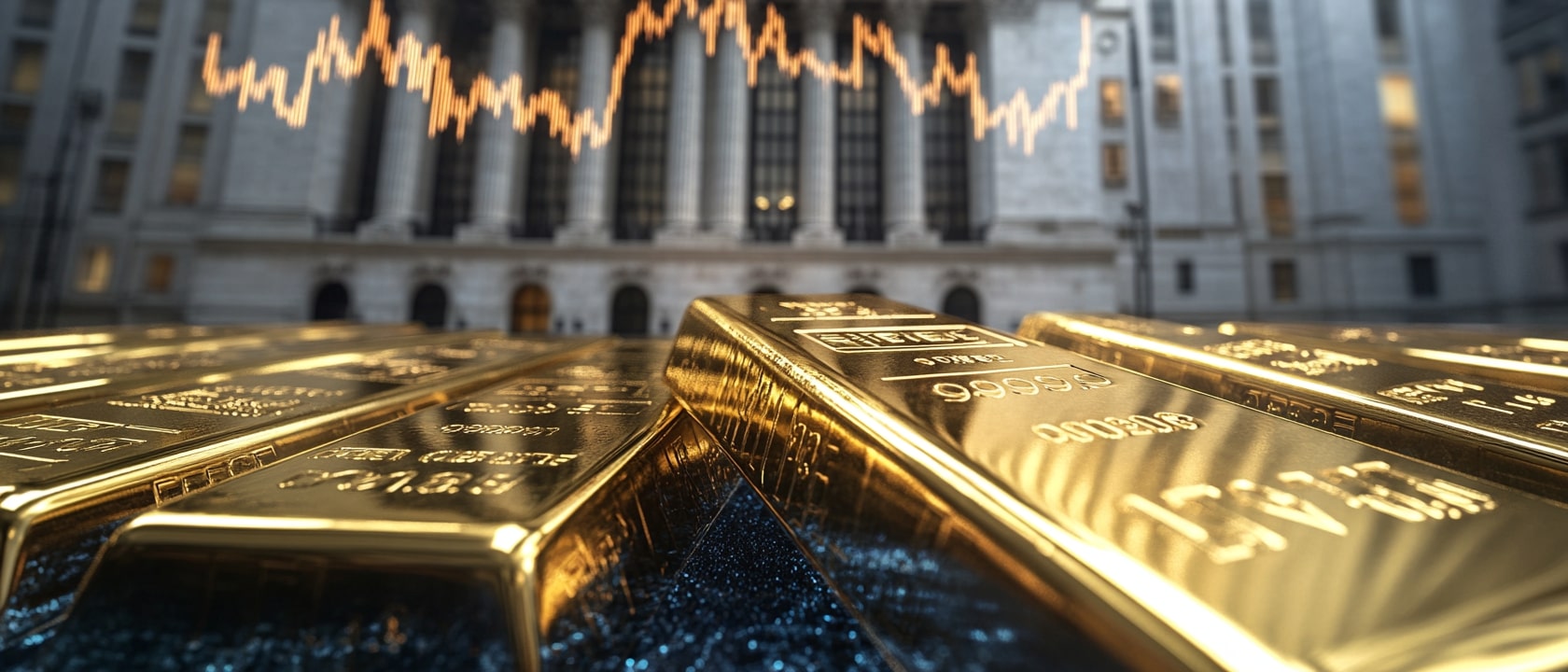Gold Price Climbs as Fed Rate Cut Bets and Geopolitical Risks Boost Demand (XAU/USD)
Current Gold Price and Market Dynamics
The price of gold (XAU/USD) has climbed for the third consecutive day, reaching the $2,667 level on Monday during early European trading hours. This positive momentum has been driven by expectations that the U.S. Federal Reserve (Fed) will continue to cut interest rates amid a favorable inflation outlook. Rising geopolitical tensions in the Middle East have also contributed to the demand for the safe-haven asset, further supporting the upward movement in gold prices.
However, despite the bullish sentiment for gold, the U.S. Dollar and Treasury yields remain strong due to anticipation of a less aggressive policy easing by the Fed. A partial U.S. holiday (Columbus Day) may limit further gains, leaving the yellow metal vulnerable to fluctuations in the USD and ongoing geopolitical developments.
Key Drivers Behind Gold’s Rally
-
Fed Rate Cut Expectations: The market continues to price in the likelihood of a 25-basis-point rate cut by the Federal Reserve in November. The CME Group’s FedWatch Tool indicates a 90% probability of this outcome. This expectation has provided significant support to gold, which typically benefits from lower interest rates as it reduces the opportunity cost of holding non-yielding assets like gold.
-
Geopolitical Tensions: Escalating tensions in the Middle East, particularly concerns about potential retaliatory strikes by Israel against Iranian military targets, have heightened investor appetite for safe-haven assets like gold. This geopolitical uncertainty adds a layer of bullish sentiment to the already favorable macroeconomic backdrop.
-
Chinese Economic Outlook: Although China's economic data over the weekend showed weaker-than-expected consumer inflation, the market's anticipation of fiscal stimulus to revive the world's second-largest economy continues to play a role in supporting gold prices. However, the lack of concrete numerical details regarding China’s stimulus plans has left some uncertainty in the market.
Gold’s Technical Landscape
From a technical perspective, the gold price has moved past the $2,662 resistance level, setting the stage for potential further appreciation. If the price continues to rise, it could target the all-time highs of $2,685-$2,686 seen in September. Clearing this critical resistance zone could push the price toward the psychological $2,700 level, which, if breached, would likely fuel a continued rally toward $2,800.
On the downside, immediate support lies around the $2,632-$2,630 region, with a further decline potentially driving prices toward the key $2,600 level. A break below this could trigger a more pronounced correction, targeting $2,560 and possibly lower levels near $2,500.
Long-Term Forecast: Gold’s Potential to Surge
According to market analysts, gold is poised for a potential surge in early 2025. Metals Focus has forecasted that the yellow metal could average $2,800 per ounce by the first quarter of next year. However, they also expect a correction to around $2,400 per ounce by the end of 2025, driven by high equity market valuations and potential corrections in U.S. stock markets.
Supporting Factors: Central Bank Demand and U.S. Debt Concerns
Central banks around the world have been actively purchasing gold, providing another layer of support to the precious metal’s price. Additionally, long-term investors have expressed concerns about the growing U.S. government debt and its implications for fiscal prudence in Washington. These concerns have led investors to diversify their portfolios with defensive assets like gold, further driving up its demand.
Impact on Other Precious Metals
-
Silver: Silver prices are also benefiting from gold’s rally, with forecasts suggesting that silver could reach $35 per ounce by mid-2025. However, concerns about China’s economic growth may limit further gains for silver, and it is expected to fall below $30 per ounce by late next year.
-
Platinum Group Metals (PGMs): Platinum has remained rangebound between $850/oz and $1,100/oz in 2024. Despite the high demand for physical platinum, prices have struggled due to increased inventories and weaker industrial demand. Analysts expect a smaller supply deficit in 2025, pushing prices higher.
Gold Price Outlook: Risks and Opportunities
Despite positive momentum, several risks remain. Gold’s recent gains are tied closely to geopolitical uncertainty, and any resolution or de-escalation in the Middle East could reduce demand for safe-haven assets, causing gold prices to retract. Additionally, if the Fed chooses not to cut rates as expected, it may place downward pressure on gold.
Nonetheless, with inflation concerns, U.S. election uncertainties, and continued geopolitical tensions, gold is expected to remain in demand. Analysts believe these factors could drive gold prices toward $3,000 by the end of 2024.
Conclusion: Is Gold a Buy or Sell?
The outlook for gold remains positive as long as inflation and geopolitical concerns persist. Technically, the break above $2,660 suggests further upside, with $2,685 and $2,700 levels in sight. On the downside, $2,600 remains a critical support level.
Given these factors, gold appears to be a buy in the near term, particularly as a hedge against uncertainty. However, investors should remain cautious of any sudden shifts in Fed policy or geopolitical developments that could impact the current bullish sentiment.




















